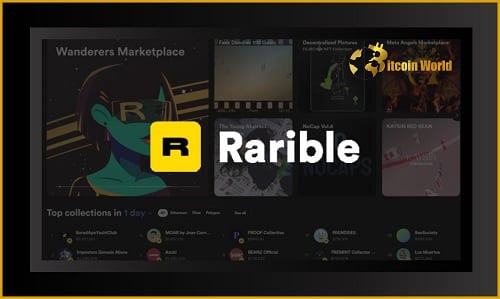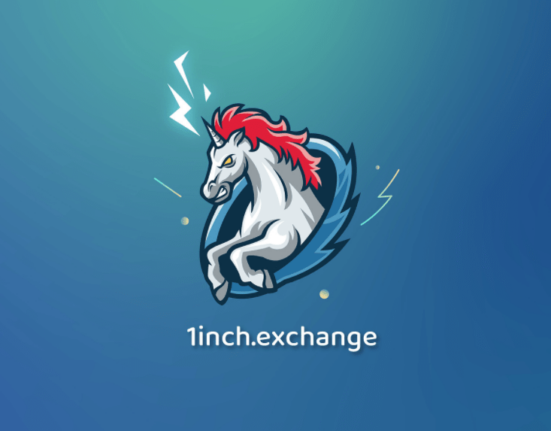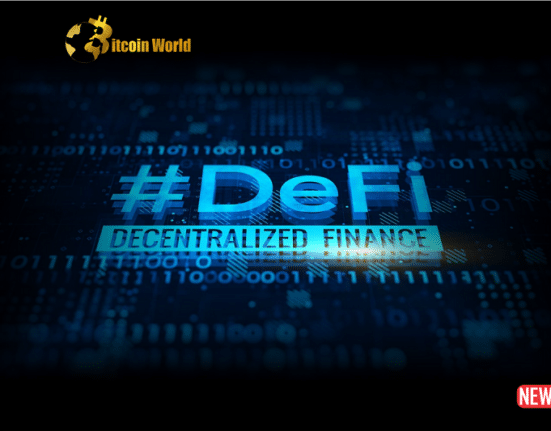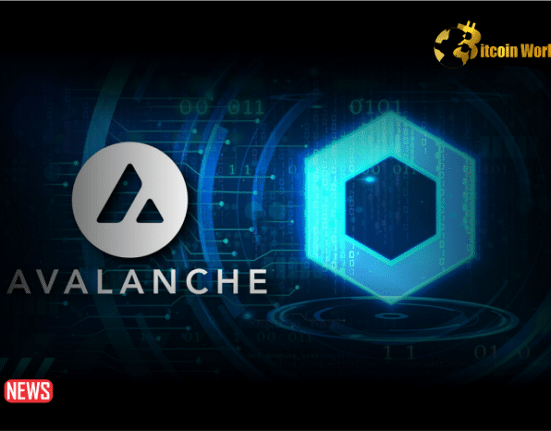Rarible is a decentralized marketplace for the buying, selling, and trading of non-fungible tokens (NFTs). It operates on the Ethereum blockchain and has gained significant attention in the world of digital art and collectibles.
OWNERSHIP AND CONTROL
The platform allows creators to mint and list their own NFTs, giving them the ability to retain ownership and control over their digital assets. This gives artists, musicians, and other creators the opportunity to monetize their work directly and engage with their fans in a new and unique way.
COMMUNITY-DRIVEN APPROACH
One of the key features of Rarible is its community-driven approach. RARI, the native governance token of the platform, allows users to participate in decision-making processes and shape the future of the marketplace. Token holders can propose and vote on various platform upgrades, changes to fee structures, and other important decisions.
UNSER-FRIENDLY INTERFACE
Rarible has gained popularity due to its user-friendly interface and its commitment to fostering a vibrant and inclusive community. It has attracted a diverse range of creators and collectors, from established artists to up-and-coming talents. The platform has also seen significant growth in terms of the number of NFTs listed and the overall trading volume.
REVOLUTIONIZING THE ART
The rise of Rarible and similar decentralized marketplaces is a testament to the increasing demand for digital collectibles and the potential of blockchain technology to revolutionize the art and collectibles industry. NFTs have opened up new possibilities for creators and collectors, allowing for unique ownership and provenance of digital assets.
As the NFT market continues to expand, platforms like Rarible are playing a crucial role in providing a secure and transparent marketplace for the trading of these digital assets. With its focus on community-driven governance and user-friendly interface, Rarible has positioned itself as a prominent player in the NFT space, attracting both creators and collectors alike.
HOW DOES RARIBLE WORK?
Rarible is an online marketplace that connects customers who can choose which items to buy with sellers, who are usually content providers like digital artists, model makers, or meme makers.
Creators must first use Rarible’s software to “mint” a token in order to convert their creation into an NFT. They accomplish this by completing an online form and attaching their photo along with additional information that best describes their work, like a listing price.
Next, a new token is generated on the Ethereum blockchain by the Rarible platform. With Rarible’s software, NFTs can be moved between wallets just like other Ethereum tokens.
Rarible uses the Ethereum blockchain to incorporate the complete history of an NFT’s owners and transactions into the NFT’s code. It’s important to remember that both the buyer and the seller must pay transaction fees to the Rarible network when a transaction completes.
ROYALTY PAYMENTS
The capacity to program royalties—that is, the rights to future cash flows—within these assets is an intriguing aspect of NFTs. This implies that Rarible developers can establish a fixed percentage of future sales and have their tokens automatically collected.
The ability of NFTs to be built to pay out royalties instantly, in contrast to traditional content platforms, is a key feature that attracts producers to this technology.
For example, if a work of digital art had a 10% royalty mentioned, 10% of any subsequent sales would go to the artist.















